What comes to mind when you hear the word histamine? If allergy-soothing over-the-counter antihistamine drugs like Benadryl pop into your head, chances are histamine hasn’t given you much trouble other than a few runny noses in the spring.
But if you’re someone who’s struggled with things like severe allergies, histamine intolerance, mast cell activation syndrome (MCAS), or any other condition that causes your histamine levels to skyrocket – then you know firsthand how powerfully histamine can rule over your life. And while elevated histamine levels can certainly wreak havoc on your well-being, the good news is, there’s a lot you can do to re-establish balance and keep your histamine levels in check.
Today, we’re going to explore exactly what histamine is, the role it plays in your body, how high levels of this compound can disrupt your health, and how you can naturally boost your levels of one of the most potent histamine-balancing compounds around – diamine oxidase, also known as DAO. Let’s dive in.
What Is Histamine and What Does Histamine Do to the Body?
Histamine is an important compound that’s naturally produced by your body and is crucial for regulating a number of functions ranging from smooth muscle contraction and digestion to sleep patterns and mood regulation. But one of histamine's most prominent roles is as a chemical mediator and signaling molecule in your immune response.
Histamine’s role in your immune response goes something like this:1
- Under normal circumstances, your body produces small amounts of histamine to maintain balance and harmony among your body systems
- But when your body encounters some sort of stressor or irritant such as an invading pathogen, a wound, or an allergen, it launches specific immune cells – primarily mast cells and basophils – into action and triggers them to secrete large quantities of histamine
- Your mast cells are present in nearly every tissue throughout your body and are able to release multiple chemical inflammatory mediators as part of your immune system response – with histamine being only one of the hundreds of different chemicals your mast cells can release
- But of these various chemicals, histamine gets a lot of attention due to the powerful response it evokes throughout your body
- Once released, histamine causes your capillaries to become more permeable – allowing white blood cells to more readily move into your tissues so they can target and attack the irritants or foreign invaders while simultaneously moving fluid out of the tissues to rid the body of infectious agents and irritants
- Once unleashed, histamine sends inflammatory signals throughout your body – including to your gut, nose, throat, mouth, skin, and lungs – which is what triggers the trademark symptoms seen in an allergic reaction
Histamines' role in your immune response is invaluable when called for. But if histamine levels go unchecked, it can spell trouble for your health.
What Happens When Histamine Levels Go Unchecked?
When histamine runs rampant and unchecked, it can lead to a condition sometimes referred to as histamine intolerance or histamine sensitivity that can cause a wide range of unpleasant symptoms such as:2,3
- Abnormal menstrual cycle
- Acid reflux
- Anxiety
- Brain fog and poor concentration
- Breathing problems
- Difficulty falling asleep and/or insomnia
- Digestive disturbances
- Dizziness or vertigo
- Fatigue
- Flushing
- Headaches or migraines
- Hives
- Itching
- Joint pain
- Nausea/vomiting
- Severe allergies
- Tachycardia
- Temperature dysregulation
- Tissue swelling/inflammation
- Unexplained weakness
While it’s not always clear which comes first – malfunctioning mast cells (the immune cells that release histamine) or an excess of histamine – chronic, elevated levels of histamine are a hallmark sign of a complex and life-altering condition known as mast cell activation syndrome. I’ve written extensively about mast cell activation syndrome which you can read more about in the following articles:
- Mast Cell Activation Syndrome: Here’s What You Need to Know When Histamine Goes Haywire
- Mast Cell Activation Syndrome: How It’s Diagnosed and 2 Exciting New Treatments
- Mast Cell Activation Syndrome: 9 Powerful Treatments – and a Surprising Newcomer
- Hidden Infections and Mast Cell Activation Syndrome: What You Need to Know
- Mast Cell Activation Syndrome: Can MCAS Really Be Triggered by Toxic Mold?
So what causes this buildup of histamine in the body that can lead to such strange and complex symptoms? While it can certainly be triggered by an influx of too much histamine, it can also often be traced back to insufficient levels of a tiny enzyme known as diamine oxidase or DAO.
Diamine Oxidase: How the Mighty DAO Enzyme Impacts Histamine
Diamine oxidase (DAO) is the primary enzyme that’s responsible for breaking down histamine. DAO is primarily found in 3 distinct places – the kidneys and thymus where DAO breaks down histamine secreted by your own cells and in your small intestines where it breaks down the histamine contained within the foods you ingest. When you have sufficient DAO, nearly all of the histamine that passes through your digestive tract is broken down and therefore doesn’t cause any issues.
But if you’re not creating enough DAO, it can cause histamine levels to rise and eventually lead to things like histamine sensitivity, chronic inflammation, and/or mast cell activation syndrome.
If you suspect you have too much histamine and/or not enough DAO enzyme it’s best to take a multipronged approach that includes:
- Reducing the amount of histamine you’re taking in via your diet
- Avoiding DAO blocking foods
- Boosting your DAO enzyme levels
Let’s dive into those a little deeper.
Avoiding Histamine-Containing and DAO-Blocking Foods
It’s impossible to entirely avoid histamine-containing foods. But you can absolutely make dietary choices that minimize your histamine intake and reduce your overall histamine load. In general, avoiding high histamine foods means minimizing things like:4,5
- Alcoholic beverages like liquor, wine, and beer
- Canned foods
- Certain vegetables like tomatoes and eggplant
- Chocolate and/or cocoa
- Dairy
- Fermented food or drinks (like kombucha, pickles, or sauerkraut)
- Foods containing artificial dyes or preservatives
- Nuts, such as peanuts and cashews
- Old food or leftovers (as histamine levels rise the older food is)
- Processed, cured, smoked, or fermented meats
- Yeast
Not only do these foods often contain high levels of histamine, they can also block DAO’s ability to do its job. This is especially prominent when it comes to ingesting alcoholic beverages – as histamine and alcohol share metabolic pathways that use the enzymes aldehyde dehydrogenase and aldehyde oxidase. Alcohol always releases histamine from your mast cells, but if you develop histamine sensitivity, this reaction can progress and significantly exacerbate your inability to properly process histamine.
Now that we’ve covered minimizing your exposure to histamine-containing and DAO-blocking foods, let’s zoom in on how you can boost your DAO enzyme levels.
The Best DAO Enzyme Supporting Nutrients
When it comes to boosting your DAO enzyme levels, you can certainly take DAO supplements – which will increase DAO levels in your digestive tract and enhance the breakdown of histamine in anything you eat. However, the problem with DAO supplements is that they do not get into your bloodstream and cannot increase your DAO levels internally. This means that supplementing with the DAO enzyme only helps you break histamine down that you’re consuming.
While DAO supplements can absolutely be useful, they simply cannot help when it comes to addressing and breaking down histamine that’s created by your mast cells. This also means that DAO supplements are only a tool and cannot cure or address the root cause of histamine intolerance or mast cell activation syndrome. One of the best ways to address elevated histamine at the source, is to boost your body’s natural production of the DAO enzyme.
And research has found that one of the most effective ways to accomplish this by strategically incorporating specific nutrients into your diet. These foods are not necessarily all low histamine so you may need to take this into account. However, they do contain some of the most potent DAO enzyme-boosting nutrients:6
Omega-3 Fatty Acids:
Omega-3 is especially important when it comes to DAO production. To up your intake of healthy Omega-3’s, eat more:
- Olive oil
- Wild caught salmon
- Mackerel
- Walnuts
While supplements can be a great way to fill in nutritional gaps, be wary of fish oil supplements, which are very susceptible to oxidation. I recommend sticking to a high-quality omega-3 containing supplement like my Omega Essentials 950.
Saturated Fat:
Saturated fats sometimes get a bad rap – but saturated fat is essential for the proper synthesis and secretion of countless compounds within your body – including DAO. Healthy saturated fats include:
- Grass-fed butter
- Avocado
- Fatty fresh fish
- Pasture-raised chicken eggs (unless it’s a sensitivity)
If you’re looking for more ways to incorporate healthy saturated fats, be sure to check out my recipe library where you can access delectable recipes like my Chocolate Avocado Pudding and Paleo Burgers with Caramelized Balsamic Onions & Avocado.
Phosphorus:
Foods particularly high in phosphorus include:
- Almonds
- Broccoli
- White beans
- Pasture-raised chicken eggs (unless it’s a sensitivity)
If you’re looking for a tasty way to get more phosphorus in your diet, you’ve got to check out my Almond Honey Crisps recipe.
Calcium:
Calcium-containing food include:
- Dark leafy greens
- Broccoli
- Beans
- Lentils
Because it can be challenging to get enough calcium through diet alone, it can be helpful to take a calcium supplement like my Activated Calcium capsules.
Zinc:
Foods high in zinc include:
- Grass-fed meat
- Almonds
- Lentils
- Spinach
If you’re looking for top-notch grass-fed beef and other quality animal products, I highly recommend checking out Butcher Box and Slanker Grass Fed Meats.
Magnesium:
Foods high in magnesium include:
- Dark leafy greens
- Pumpkin
- Almonds
- Cashews
Magnesium is another mineral that can be challenging to get enough of through diet alone. So I recommend incorporating a magnesium supplement and trying out my Dr. Jill’s Pink Drink which contains a hefty dose of magnesium alongside other health-boosting compounds.
Iron:
Iron-containing foods include:
- Lentils
- Pumpkin seeds
- Grass-fed beef
- Broccoli
Pumpkin seeds are one of my favorite iron-containing foods – which is why I love making my Sugar Free Sunflower Seed Pumpkin Butter.
Vitamin B12:
Foods high in vitamin B12 include:
- Grass-fed beef liver
- Grass-fed beef
- Wild caught salmon
- Fresh tuna
If you’re looking for the freshest, highest-quality seafood, you’ve got to check out Vital Choice for fast home delivery of the world’s finest wild seafood and organic fare, harvested from healthy, well-managed wild fisheries and farms.
Are You Concerned About Your Histamine Levels?
If you’re at all concerned that you may be experiencing symptoms associated with an overflow of histamine, I cannot overemphasize the importance of finding and working with an experienced Integrative and Functional Medicine Practitioner. They can help shortcut your path to healing and ensure that you're getting the most bang for your buck with any lifestyle adjustments you incorporate.
When it comes to addressing complex underlying conditions like too much histamine, it requires a big-picture, whole-life approach – not simply the masking of your symptoms. This ability to identify and address the root cause of symptoms and to tap into true healing at the source is why I’m so passionate about what I do as a Functional Medicine Doctor. If you’re looking for more ways to support and elevate your health using the Functional Medicine approach, I encourage you to browse through the hundreds of free resources I have available on my blog and on my YouTube channel, and to sign up for my exclusive weekly newsletter (all you have to do is enter your name and email address in the form below).
And if you want to take it even deeper and get to know me a little better, I encourage you to pick up a copy of my upcoming book Unexpected: Finding Resilience Through Functional Medicine, Science, and Faith. I dive deep into how functional medicine transformed my life and helped me tap into an unwavering faith that has carried me through multiple life-shattering diagnoses, hard-learned lessons, and heartbreak. To grab your own copy of my book and claim your exclusive pre-order bonuses, be sure to click right here!
Has there ever been a time in your life when you’ve felt alone or unsure where to turn for answers?
In Unexpected: Finding Resilience through Functional Medicine, Science, and Faith, Dr. Jill Carnahan shares her story of facing life-altering illness, fighting for her health, and overcoming sickness using both science and faith so that others can learn to live their own transformative stories.
Dr. Jill’s riveting and compassionate exploration of healing through functional medicine demonstrates how to replace darkness and fear with hope and find profound healing, unconditional love, and unexpected miracles in the process.

Resources:
- Histamine in health and disease – PubMed (nih.gov)
- Symptoms | Histamine Intolerance Symptoms of Histamine Intolerance
- Histamine and histamine intolerance | The American Journal of Clinical Nutrition | Oxford Academic (oup.com)
- Diamine Oxidase (DAO): Benefits, Dosage, and Safety (healthline.com)
- Alcohol-histamine interactions – PubMed (nih.gov)
- Effect of dietary fatty acid and micronutrient intake/energy ratio on serum diamine oxidase activity in healthy women – PubMed (nih.gov)
* These statements have not been evaluated by the Food and Drug Administration. The product mentioned in this article are not intended to diagnose, treat, cure, or prevent any disease. The information in this article is not intended to replace any recommendations or relationship with your physician. Please review references sited at end of article for scientific support of any claims made.
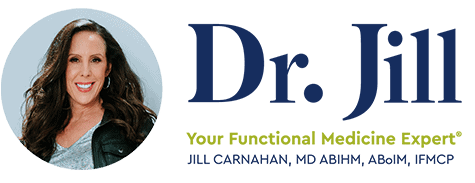



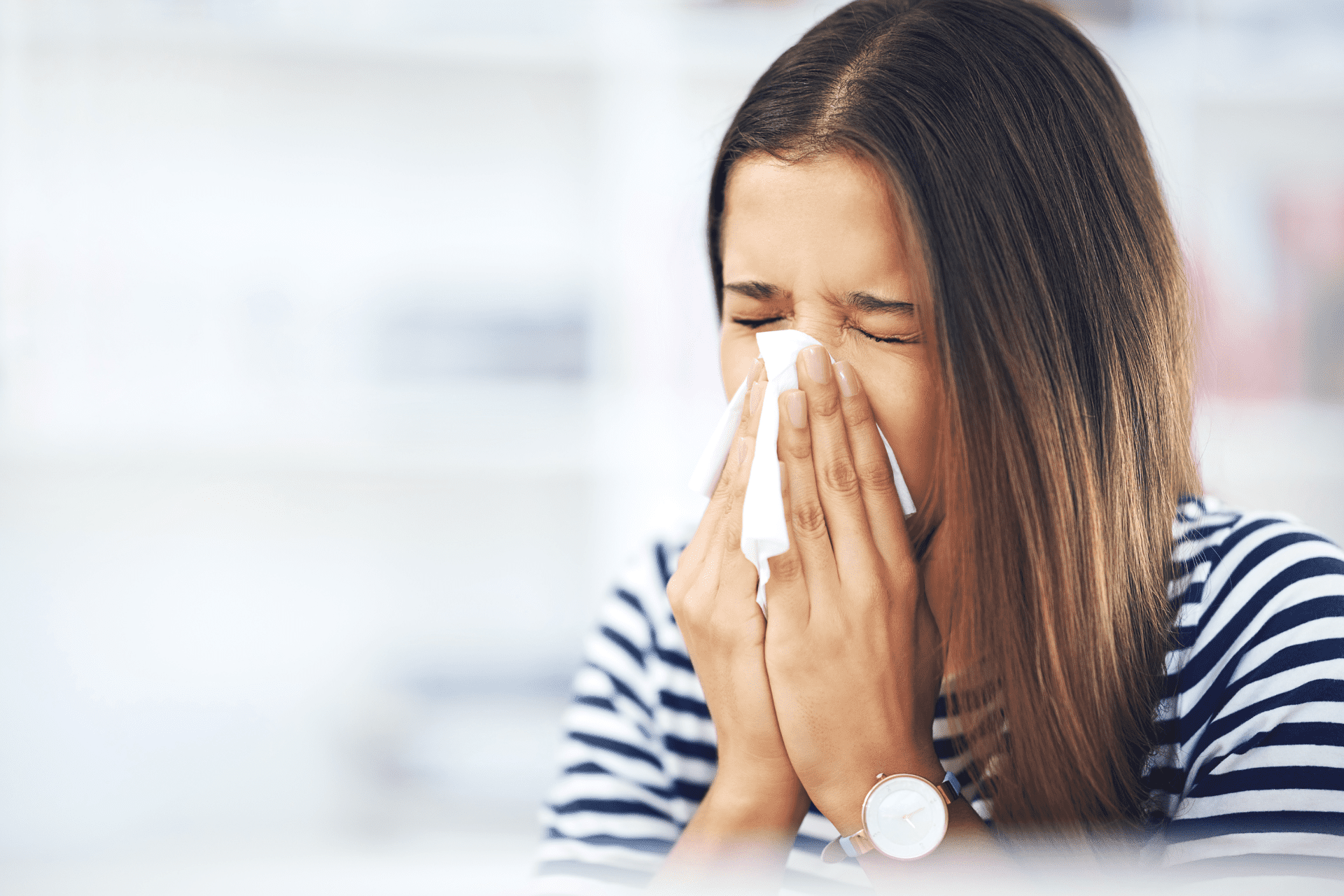

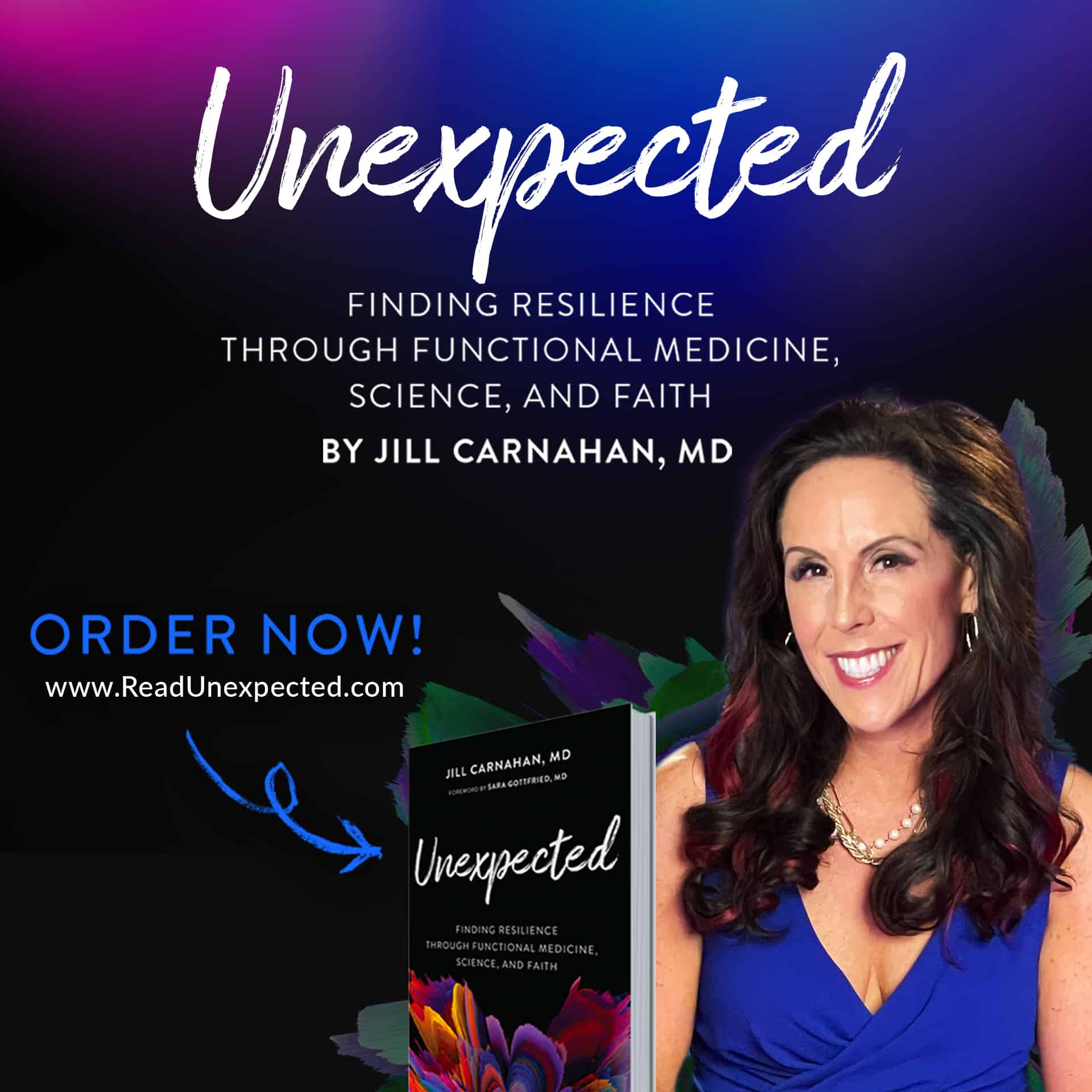


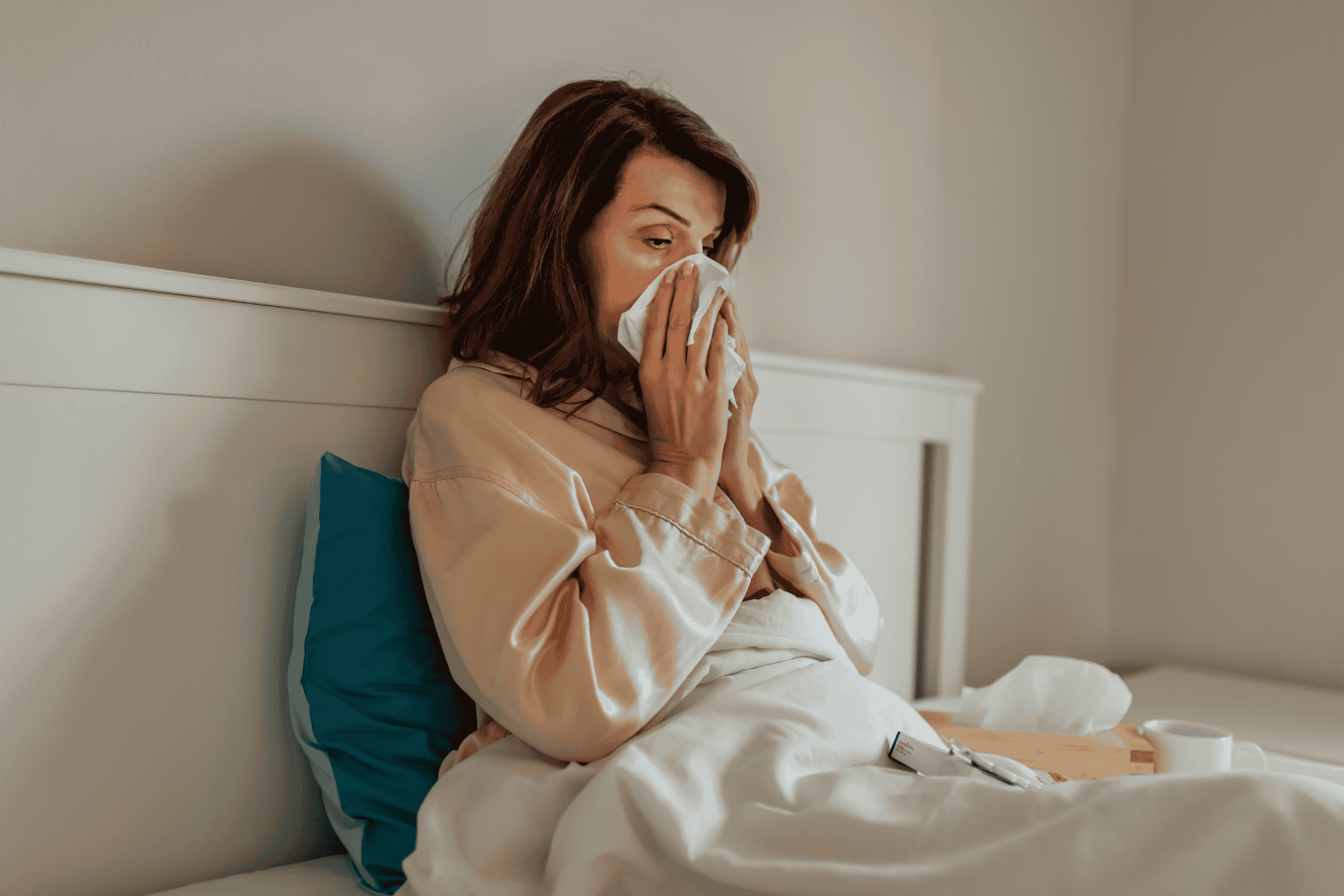


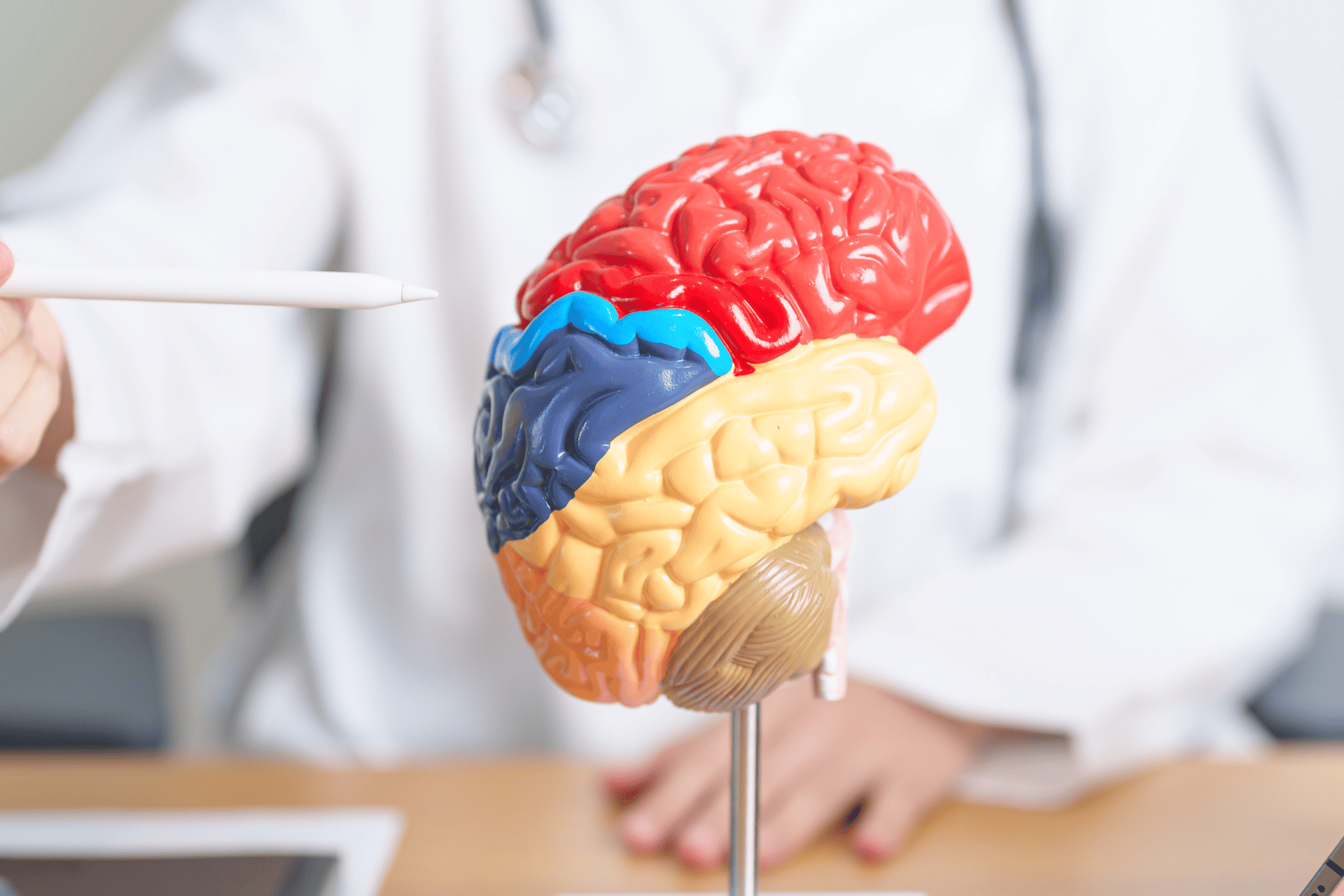

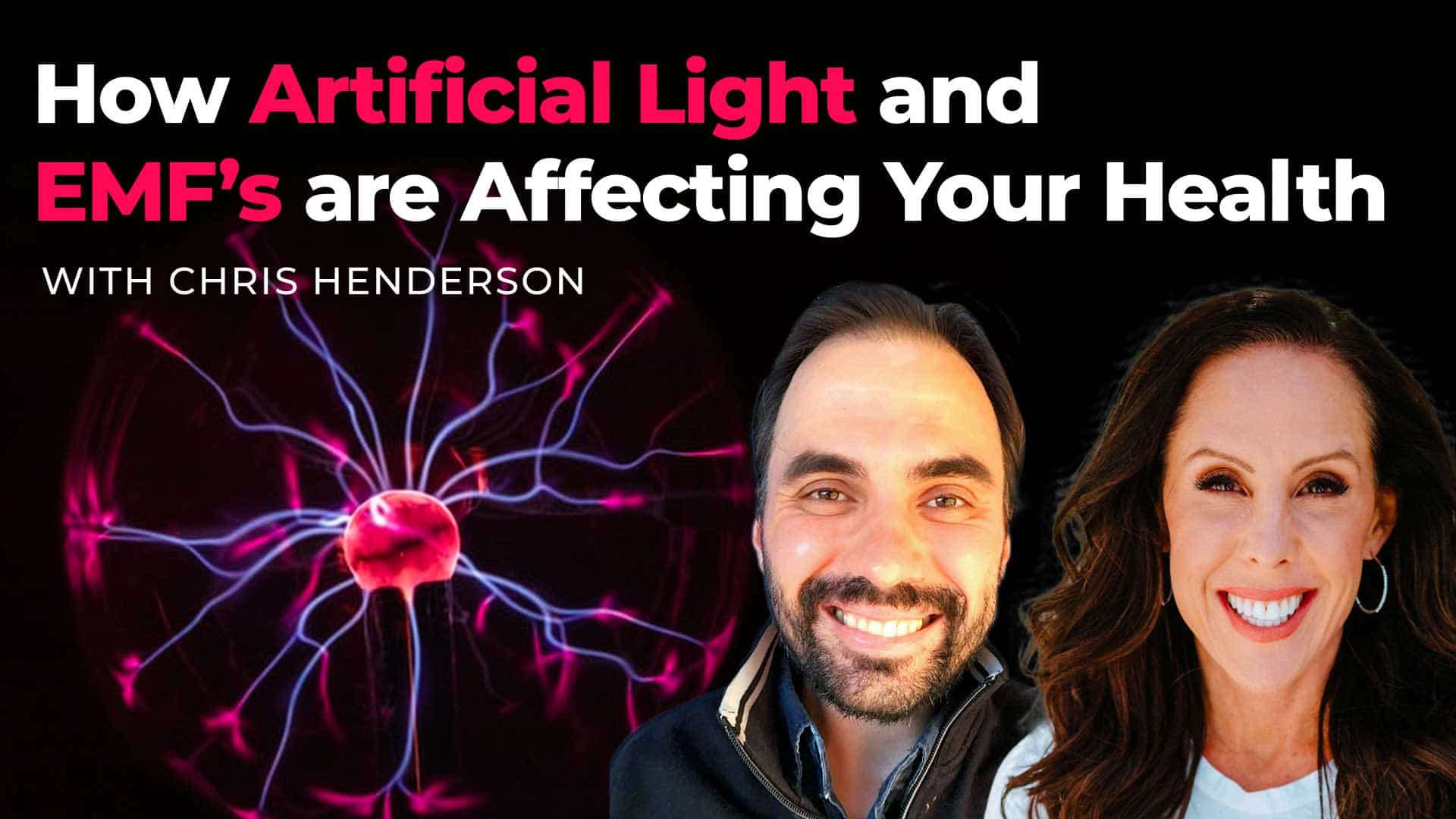
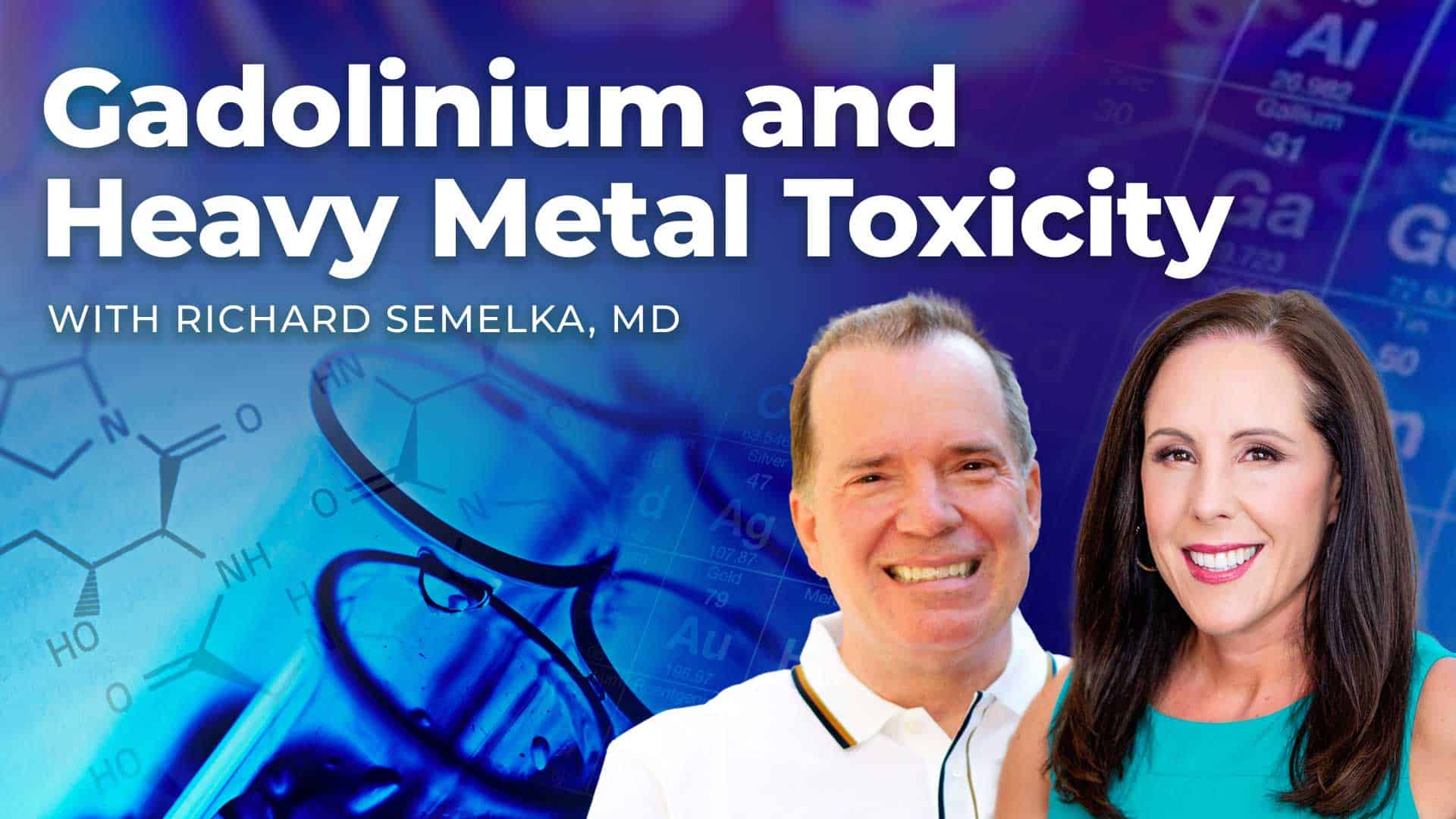



2 Comments
I keep hoping some day you will address hereditary alpha tryptasemia and suggestions for someone like me who is so sensitive I can’t tolerate supplements and have very limited food choices. Yes, I have worked with some good naturopaths and functional medicine doctors, but I continue to go downhill.
Sure, Omalizumab is considered standard of care for those suffering from this disease. Have you tried it?
Share: